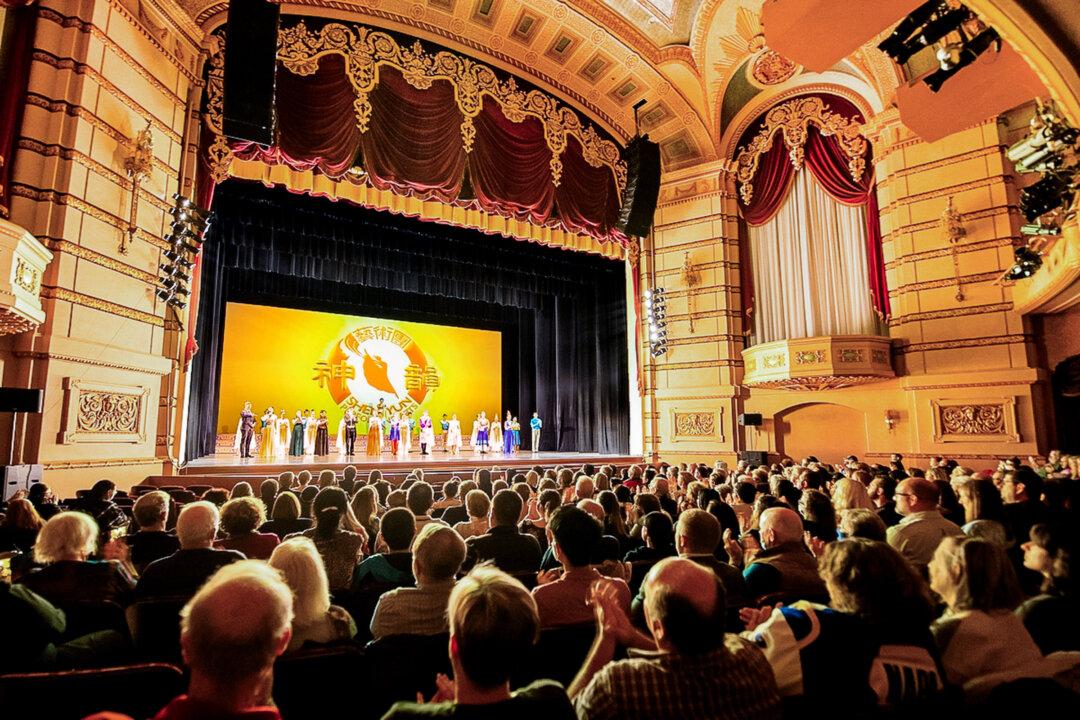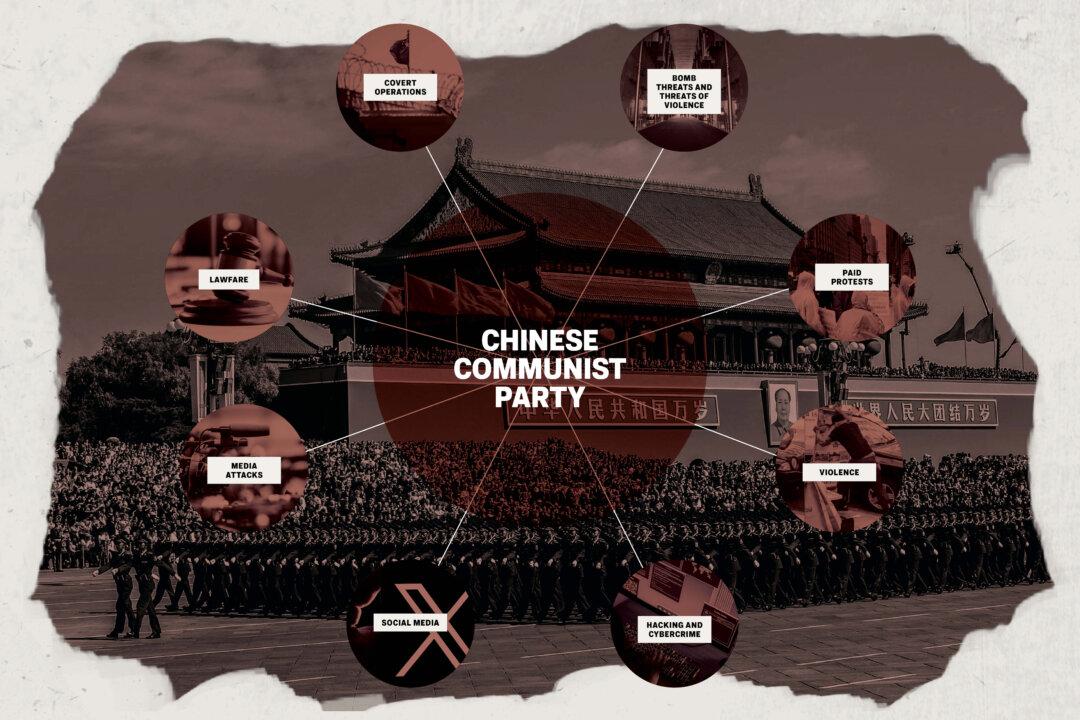From vinyl to tape to CD to iTunes to Spotify, it has been a wild ride for the music industry. Gone is the golden era of vinyl in the ‘70s or the even brighter times of CDs in the 90s. With the end of the 2000s, it seemed the industry was about to die.
Its undoing—music sharing on the internet—has now become the industry’s lifeline.
On one hand, it seems the record industry finally found a way to make money in the digital age.
On the other, it’s still far from the glory it once basked in.
With CD sales in a free fall and digital single sales declining, the industry set its eyes on music streaming.
Spotify, a streaming service that lets its subscribers listen to over 30 million songs for $9.99 a month, has been almost doubling its subscriber base every 2 years, reaching 30 million in 2015.
Together with similar services like Apple Music and Rhapsody, paid streaming attracted some 68 million users and reached about $2 billion revenue last year.
Digital streaming as a whole became the largest money source for the industry.
Spotify gives record publishers 70 percent of what it collects, but some say that doesn’t add up to fair compensation.
Taylor Swift, in a high-profile move, pulled her entire collection from Spotify in 2014.
“I’m not willing to contribute my life’s work to an experiment that I don’t feel fairly compensates the writers, producers, artists, and creators of this music. And I just don’t agree with perpetuating the perception that music has no value and should be free,” she told Yahoo Music’s Chris Willman.
Spotify allows users to listen for free in exchange for exposing them to ads. A cut of the ad sales goes to the record publishers.
But there’s an entity drawing much fiercer ire from the music industry.
YouTube
Over 800 million users a month watch music videos on YouTube. Almost all of the most watched YouTube videos are music videos (Psy’s Gangnam Style is still number one with more than 2.5 billion views. Taylor Swift has two songs in the top 10, combining for a total of 3.1 billion views).
Since 2007, YouTube has been signing contracts with publishers and splits with them the advertising revenue from their content.
That means record publishers get a cut from ads placed on all YouTube videos that use their music—even if the videos use the music without permission.
YouTube uses a system, called Content ID, that automatically recognizes if an uploaded video contains copyrighted material.
Owners of the material, whether sound or video, can set the system to automatically place ads on the video and split the ad revenue with YouTube.
Such “fan uploads,” as YouTube calls them, drive half of all the ad dollars YouTube sends to publishers.
Publishers call this system “ad-supported streaming” and it earned them over $600 million in 2015. They haven’t presented further details, but it is safe to say the lion’s share of that number probably flows from YouTube.
Yet, the industry complains the ad-supported streaming provides even less value for the artists than the subscription model.
Spotify’s mixed model of subscriptions and ad-supported streams pays between $0.006 and 0.0084 per stream, according to the company.
Spotify only pays if the listener stays on the song for more than 30 seconds. More than one in three songs are skipped before reaching the payment mark, according to a 2014 blog post by Paul Lamere of The Echo Nest, a music intelligence company.
YouTube pays record labels, on average, less than $0.0008 for each music video stream, according to MIDiA, a media tech analysis company.
A small Canadian label representing about dozen artists earned $1,773 (USD) for a total of about 2.5 million YouTube views (about $0.0007 per stream), according to the data the label shared earlier this year with Digital Music News.
“You [YouTube] have built a business that works really well for you and for Google, but it doesn’t work well for artists,” wrote Irving Azoff, a manager of artists such as Christina Aguilera and the Eagles, in an op-ed on Recode.




